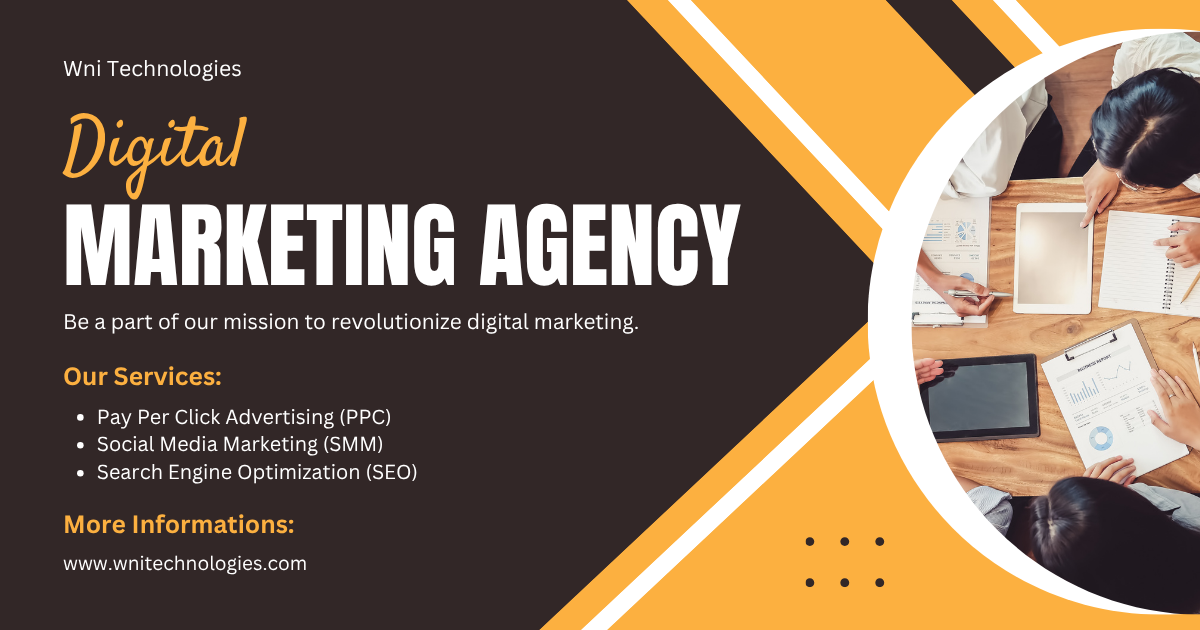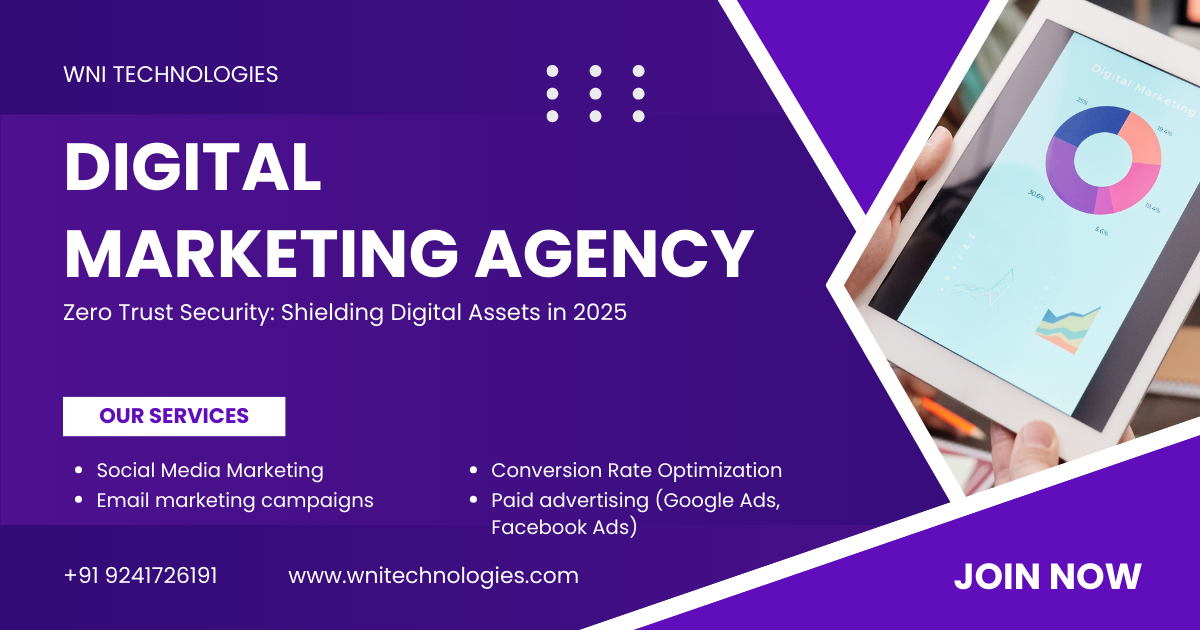
Best Digital Marketing Tools: Utilizing Multi‑Factor Authentication for Better Access Security
Introduction
In this age of digital-first, security is as important as creativity for marketers. Leveraging the greatest digital marketing tools—from email solutions and CRMs to analytics and automation—unleashes growth potential. But if login details are stolen, it all comes crashing down. That’s where multi-factor authentication (MFA) comes in as a lifesaver.
In this guide, we’ll discuss why MFA is important, how it improves access security for marketers, and how you can do it well using your favorite marketing platforms. Let’s lock down your marketing stack in 2025 and beyond.
Why MFA Matters in Marketing
Marketers use a lot of tools—HubSpot, Mailchimp, Google Analytics, Facebook Ads, and more. They hold sensitive information, so they are the perfect targets for cyberattacks. A single hacked account can result in:
- Unauthorized campaign changes
- Theft of customer and lead information
- Ad spend elimination
- Email and brand reputation harm
MFA mitigates these threats by demanding extra validation—like SMS codes, authenticator applications, or biometric requests—so stolen passwords can’t be utilized to provide access on their own.
Advantages of Multi-Factor Authentication
- Increased Access Protection
Even if a password has been stolen, the second factor safeguards your account.
- 2. Security Standard Compliance
MFA is increasingly mandated under GDPR, CCPA, HIPAA, and other regulatory standards.
- Device-to-Device Protection
Logging in from your laptop, home, or phone, MFA protects each login attempt.
- Shuts Down Account Takeovers
Social media, ad account, and email platform hacks become much more difficult.
- Reduced Human Error
Busy teams with recycled passwords still enjoy enhanced security with MFA.
How MFA Works
- Something You Know: Password or PIN
- Something You Have: SMS or authenticator app
- Something You Are: Biometric authentication (e.g., fingerprint)
Marketers usually blend the first two, providing a robust and friendly authentication scheme.
MFA Deployment: Step-by-Step
- Audit Your Toolstack
Compile a list of all marketing tools being used:
- Social media dashboards
- Ad platforms (Google Ads, Meta Ads Manager)
- CRM (HubSpot, Salesforce)
- Email marketing (Mailchimp, SendGrid)
- Analytics (Google Analytics, Semrush)
- File and asset storage (Google Drive, Dropbox)
- Turn On Built-In MFA
Most leading platforms natively support MFA:
- Google Workspace: Security settings → 2-Step Verification
- Meta Business Manager: Security Center → Two-Factor Authentication
- Mailchimp: Account Security → Turn on 2FA
- Salesforce/HubSpot: Use vendor MFA documentation
- Employ Authenticator Apps
Push apps like Google Authenticator or Authy, which are safer than SMS.
- Implement MFA for All Users
Make MFA mandatory for all users—including temporary or contractor staff. Don’t allow password-only login.
- Backup Recovery Methods
Use backup codes or alternative email/phone to prevent lockout if MFA device is lost.
Best Practices for MFA Adoption
- Educate your team on MFA advantages and recovery procedures
- Communicate clearly—send reminders and role-specific guides
- Document protocols in your security playbook
- Monitor login failures to detect brute-force or phishing attempts
- Review access regularly, removing ex-employees and redundant accounts
Best Digital Marketing Tools with MFA Support
Tool MFA Support
Google Workspace Yes (authenticator or SMS)
HubSpot Yes (TOTP)
Salesforce Yes (MFA & SSO)
Mailchimp Yes (TOTP/Biometric)
Facebook Business Manager Yes (TOTP/SMS)
Google Ads Yes (2-Step)
Canva Yes (TOTP)
Semrush Yes (Authy)
Dropbox Business Yes (SMS or TOTP)
Slack Yes (SSO and TOTP)
Using these platforms with MFA enabled ensures strong, secure access control.
Overcoming MFA Challenges
- Device Loss
Educate users to save backup codes and enroll multiple devices.
- User Resistance
Describe the security advantages and minimize friction with brief onboarding sessions.
- Emergency Access
Employ role-based access controls and admin overrides when necessary.
Bolstering MFA within Hiring & Onboarding
Revamp your onboarding process:
- Enforce MFA configuration at account creation
- Offer documentation on recovery and security
- Include MFA drills within yearly security refresher
This gets new hires—and current staff—prepared for safe tool usage on day one.
Conclusion
As companies prepare for digital marketing triumph in 2025, gaining access to the must-have tools is not negotiable. Having the best digital marketing tools is only the beginning. Fortify your toolbox by adding multi-factor authentication to keep your brand, data, and campaigns safe from cyber attacks.
MFA gives marketers the confidence to use strong platforms—knowing that even if passwords are stolen, their accounts are protected. It all means:
- Better data protection
- Secure brand reputation
- Safer teamwork
- Regulatory compliance
Ready to lock down your marketing stack? Hirekey can audit your tools, turn on MFA, and train your team—so you can focus on growth while we secure the process.



